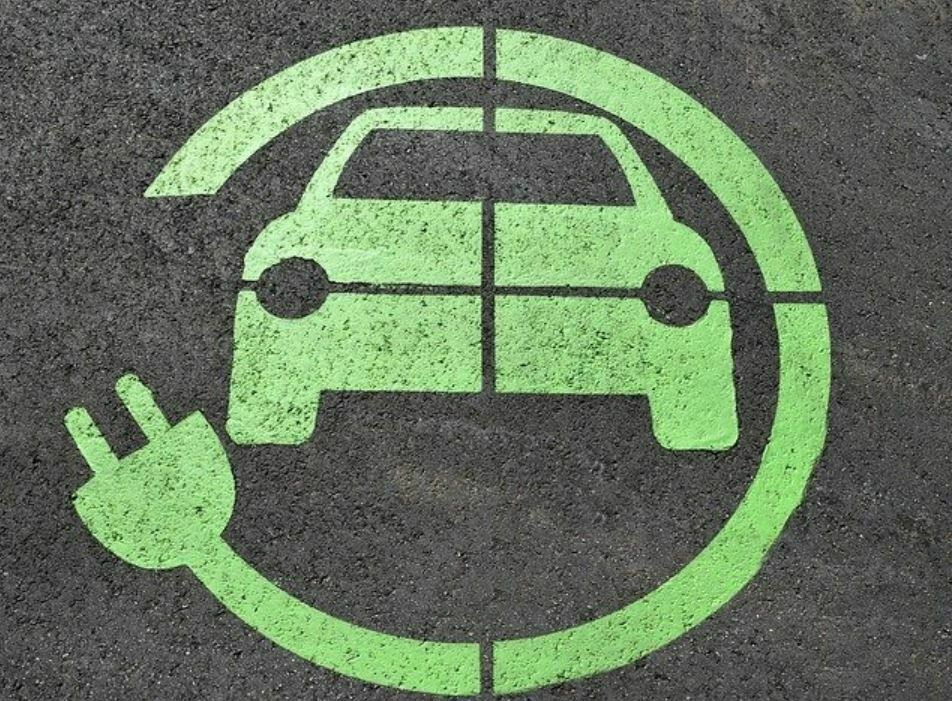The world is slowly but surely embracing electric vehicles (EVs), and with the advancements in EV technology, cleaner roads are not far behind. With clean electric roads, drivers will be able to charge their EVs while they drive! The infrastructure required for this type of innovation may seem daunting at first glance. But it’s important to remember that these types of innovations have been made before – the wheel was a pretty big deal too!
What are clean electric roads?
Before we can dive into the technology required to build clean electric roads, let’s first go over what they actually are. As you can see in the video below (with credit to the video creator’s site), clean electric roads will be able to charge your EV as you drive along with them. These types of roads would require a lot more infrastructure than traditional roads; however, there’s no need for overhead cables like those used by trolley cars. Instead, the technology would require underground wiring.
This innovation is based on inductive power transfer (IPT). The roads will be coated in materials that are able to conduct electricity and utilize IPT. This type of system requires a transmitter below the road surface and a receiver mounted underneath your car’s chassis. As you drive along with the IPT “road”, energy gets transferred from one device to another wirelessly through an electromagnetic field which creates resistance via induction – powering both devices simultaneously!

Why do we need them?
In 2018, the transportation industry accounted for 27% of all greenhouse gas emissions. In other words, one-quarter of our pollution comes from cars and trucks on roadways across the world! With clean electric roads that are able to charge EVs as you drive along them, we can dramatically reduce these types of pollutants.
By reducing carbon dioxide levels in the air by 40%, this type of innovation will literally help save lives! And with a lower environmental impact due to cleaner air quality, economies around the world would be better off too – what’s not to love?!
The technology required to build clean electric roads
So, now that we know why clean electric roads are a “thing” and what they actually do for us, let’s talk about the technology required to build them. To start with, there is some debate on whether or not this type of road should be embedded in asphalt (which has been the traditional go-to) or if it would require concrete instead – which would make it more expensive from an infrastructure standpoint.
However, no matter which material you use to coat your IPT “road”, metal plates will need to be installed below ground level at regular intervals along its length. These underground plates serve as conductors while the surface of the road itself acts as a flat antenna. The metal plates will transfer power to your car’s receiver when it’s in close enough proximity.
As mentioned before, this type of technology requires a transmitter and a receiver below ground level and mounted underneath the vehicle respectively.

Clean electric roads are an innovative way to reduce our carbon footprint. The technology required for the clean electric road is not new, it’s just been waiting for the right time and place where its application makes sense.

